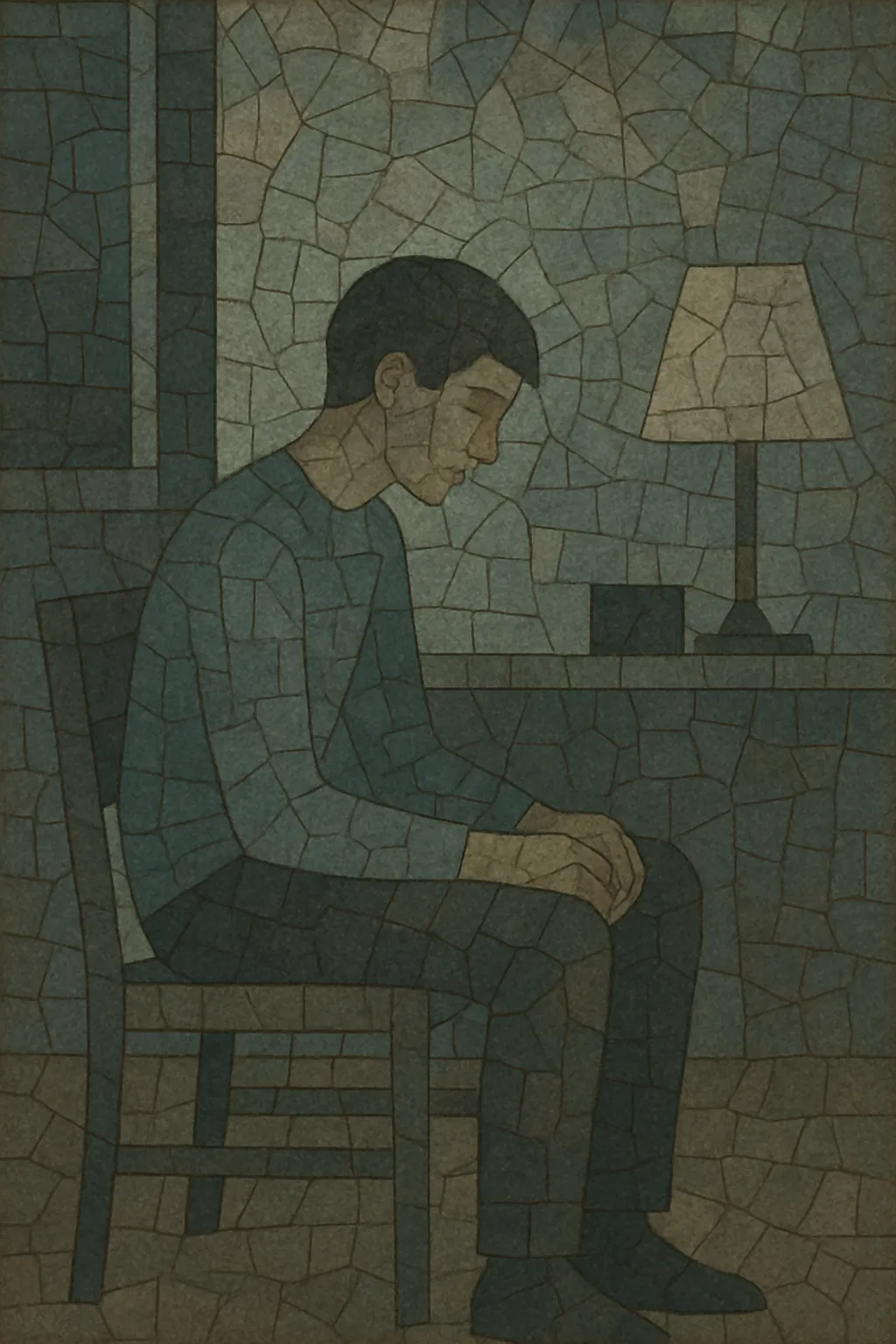Slowcore is a minimalist strain of indie rock defined by extremely slow tempos, hushed dynamics, and sparse arrangements.
It emphasizes space, sustain, and emotional restraint over volume or virtuosity, often using clean guitars, soft drumming, and intimate vocals to create a glacial, contemplative atmosphere.
Lyrically, it gravitates toward introspection, memory, and everyday melancholy, with melodies that unfold patiently and harmonies that remain simple and diatonic. The result is music that feels heavy with quiet, where silence and decay are as expressive as the notes themselves.
Slowcore emerged in the United States as an understated response to both the loudness of grunge and the shimmer of dream pop. Antecedents such as American Music Club and Galaxie 500 had already slowed indie down and foregrounded atmosphere. The first clear slowcore statements arrived with Codeine’s Frigid Stars (1990) and Barely Real (1992), which paired austere, heavy-lidded tempos with clean, ringing guitars.
By the mid-1990s, slowcore cohered into a recognizable aesthetic. Red House Painters expanded the form with spacious, autobiographical songs on 4AD; Low refined the whisper-quiet, glacial template on albums like I Could Live in Hope (1994); Bedhead (Dallas) pursued interlocking clean guitars and room-mic’d subtlety; Idaho, Spain, and Movietone explored adjacent, hushed territories. Labels such as Sub Pop, 4AD, Kranky, and Trance Syndicate provided homes for key releases. The music favored clarity over distortion, patience over propulsion, and intimacy over spectacle.
In the 2000s, the style diffused rather than disappeared. Jason Molina’s Songs: Ohia mapped slowcore’s restraint onto alt-country and folk; Sun Kil Moon extended Red House Painters’ diaristic quiet; Duster’s cult status grew, connecting slowcore to space rock textures. Elements of slowcore seeped into post-rock, ambient pop, and lo-fi indie, as producers embraced negative space, low-volume drums, and long decays.
A new generation rediscovered the aesthetic through reissues, streaming-era deep listening, and bedroom-recording culture. The influence is audible in ambient folk and lo-fi indie scenes, as well as in doomgaze’s marriage of slow tempos and dense atmospheres. Today, slowcore remains a touchstone for artists seeking emotional gravity through quietude and time-stretching rather than volume.


